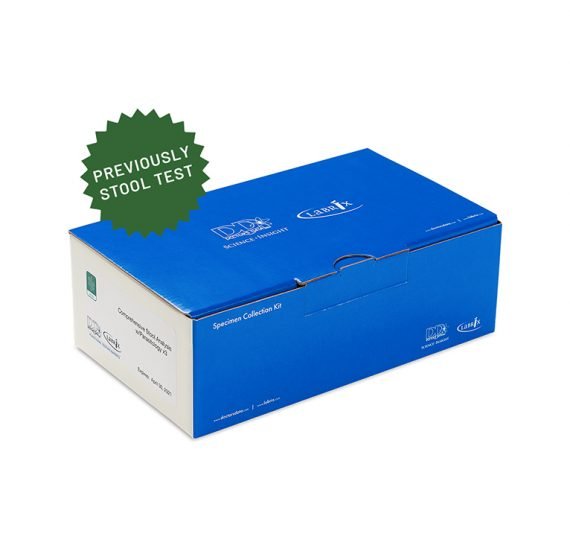What is Measured
Stool Cultures
Looks closely at microbial balance or imbalance
Expected/beneficial bacterial flora: make up a significant portion of the total microflora in a healthy & balanced GI tract. It is important to identify any overgrowth or undergrowth of good or bad bacterial flora. Beneficial bacteria are expected as they have many health-protecting effects in the gut including manufacturing vitamins, fermenting fibers, digesting proteins and carbohydrates, and propagating anti-tumor and anti-inflammatory factors.
Dysbiotic bacterial flora: are known pathogenic bacteria that have the potential to cause disease in the GI tract. They can be present due to a number of factors including: consumption of contaminated water or food, exposure to chemicals that are toxic to beneficial bacteria; the use of antibiotics, oral contraceptives or other medications; poor fiber intake and high levels of stress.
Normal and dysbiotic yeast: while normally present in small quantities, high levels of yeast is considered abnormal and can contribute to bloating or skin issues. High levels of yeast colonization is associated with several inflammatory diseases of the GI tract.
−
Microscopy
Identifying potential intestinal parasites
Intestinal parasites are abnormal inhabitants of the gastrointestinal tract that have the potential to cause damage to their host. If left untreated, chronic parasitic infections can cause damage to the intestinal lining and can be an unsuspected cause of illness and fatigue. Chronic parasitic infections can also be associated with increased intestinal permeability, irritable bowel syndrome, irregular bowel movements, malabsorption, gastritis or indigestion, skin disorders, joint pain, allergic reactions, and decreased immune function.
Protozoa (tiny cell like parasites)
Nematodes (Roundworms)
Cestodes (Tapeworms)
Trematodes (Flukes)
−
Other Markers
Looking closely at potential inflammation markers
+
Immunoassay/Stool Markers
Pathogenic Parasites and Bacteria
+
In-Depth Stool Analysis
Detecting Intestinal Inflammation and Poor Nutrient Absorption






